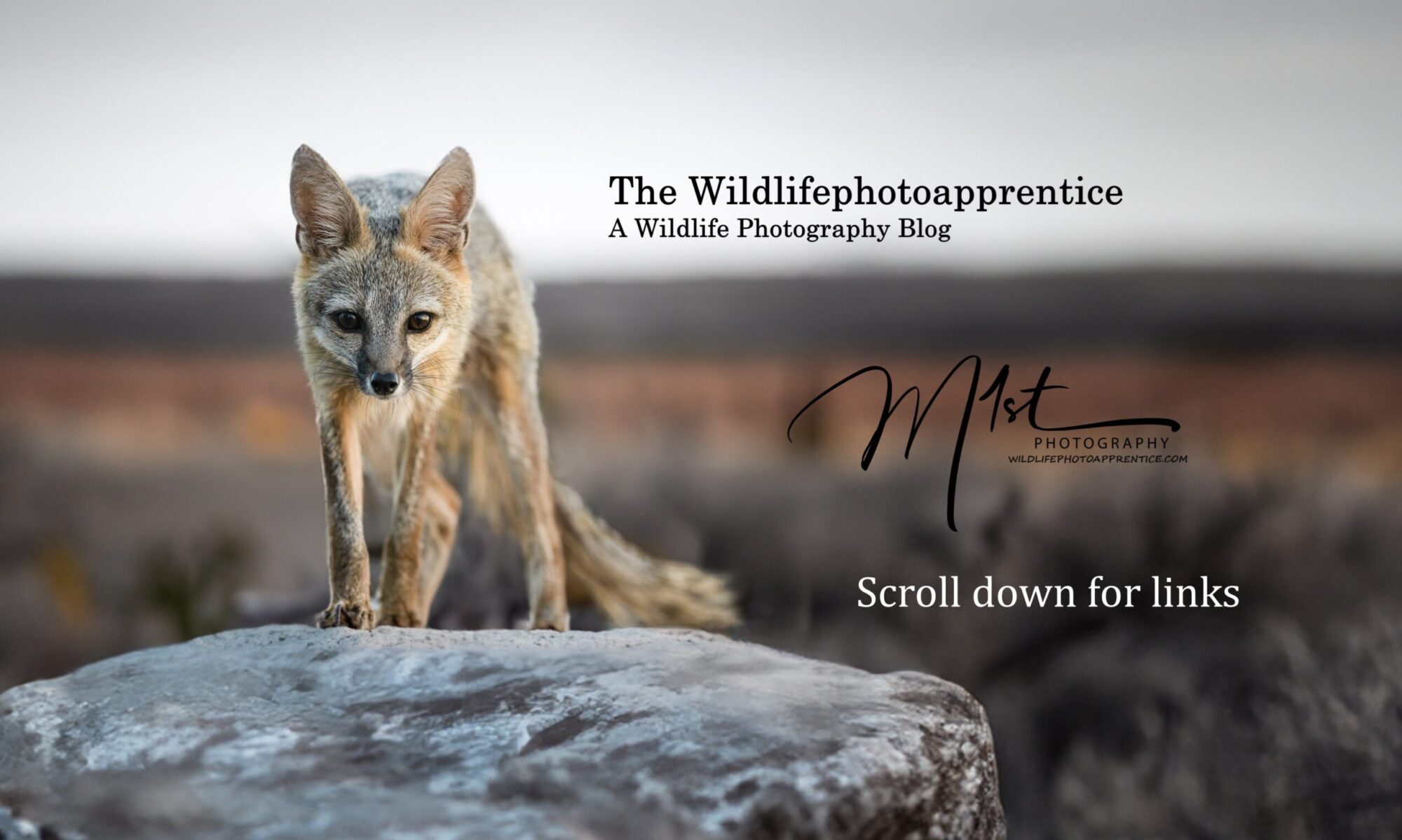Wildlife photography is a challenging pursuit, and capturing ducks in their natural habitat adds an extra layer of complexity to the art. Ducks are fascinating subjects, with their vibrant plumage, unique behaviors, and diverse habitats they are ideal specimens for wildlife photography. Ducks are also one of the best possible subjects for honing one’s wildlife photography skills, particularly for beginners. Their size, predictability, and abundance in most regions make them excellent candidates to practice various photographic techniques. Capturing a duck in flight allows photographers to perfect their skills in tracking fast-moving subjects and mastering the art of timing. Panning techniques can be refined as ducks gracefully glide across the water or soar through the sky. Experimenting with different focus modes becomes accessible with these avian subjects, as they often maintain a consistent pace and trajectory, providing ample opportunities to adjust focus settings. With their ubiquitous presence in ponds, lakes, and rivers, ducks offer a convenient and rewarding way for budding wildlife photographers to develop their craft. Before you can improve your skills in photographing ducks in the wild, it’s essential to understand their behavior, habitats, and the technical aspects of photography. In this blog, we will delve into various details that wildlife photographers should consider to elevate their duck photography to new heights.
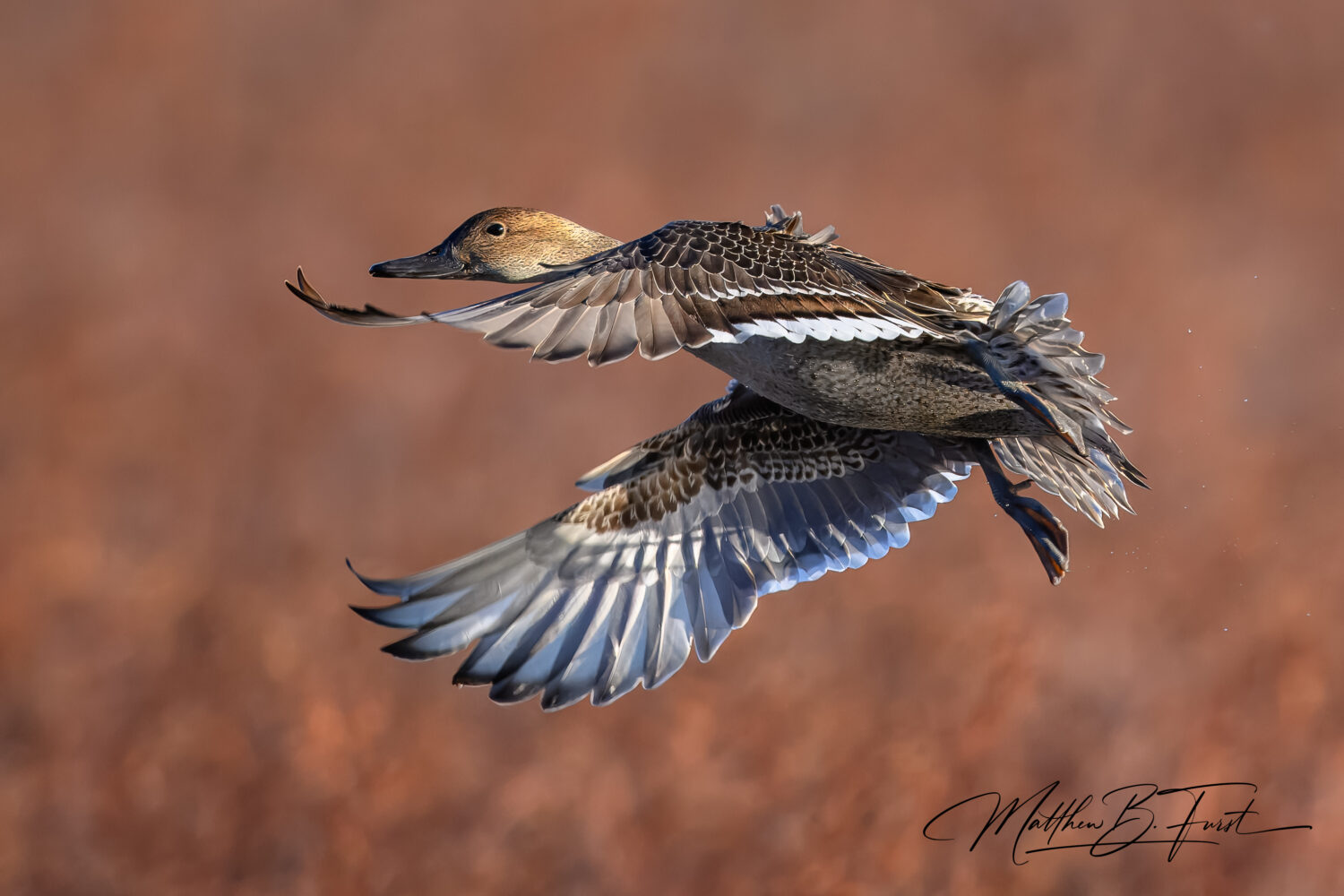
There are approximately 120 to 130 species of ducks worldwide, belonging to the family Anatidae. These species vary greatly in size, coloration, behavior, and habitat preferences. Some of the most well-known duck species include the mallard, wood duck, northern pintail, and tufted duck. Ducks are quite common and are found on every continent except Antarctica. They inhabit a wide range of habitats, from freshwater lakes and rivers to coastal estuaries and even urban parks and gardens. Due to their adaptability and ability to thrive in various environments, ducks are one of the most widespread and recognizable groups of waterfowl. Ducks are omnivores and have a varied diet. They feed on aquatic plants, insects, small fish, and crustaceans. Some species also graze on land for seeds and grains. Different duck species have specialized beak shapes adapted to their feeding habits. For example, dabbling ducks like mallards have broad, flat beaks for filtering food from the water while diving ducks have narrow, serrated bills for catching fish.
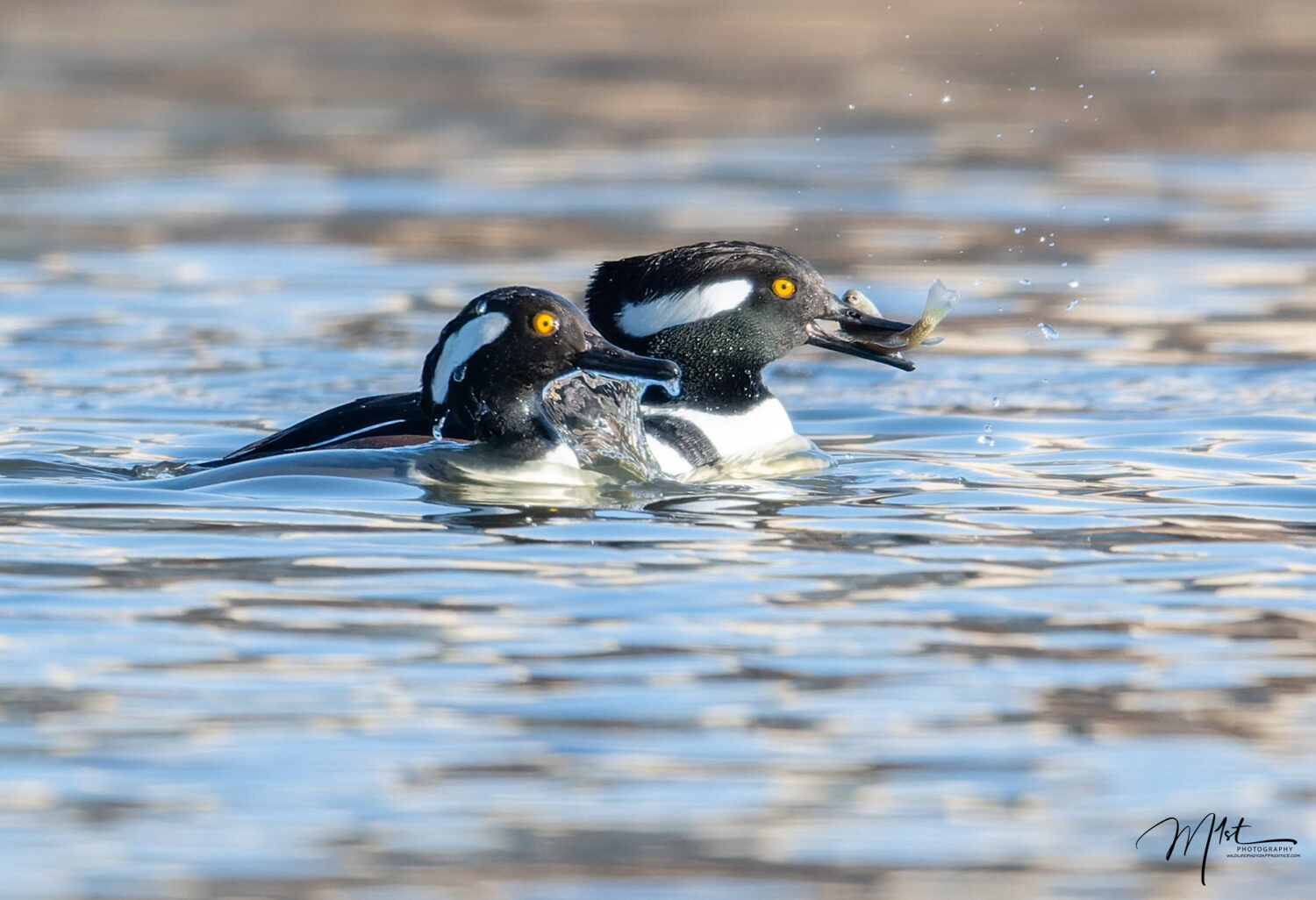
Before embarking on a duck photography expedition, you should conduct a thorough research on the species you plan to photograph. Familiarize yourself with their habitats, migration patterns, and nesting behaviors. Understanding their habits will help you anticipate their movements and capture more compelling shots. Knowledge of duck habitats allows photographers to select the most promising locations for capturing diverse and engaging shots. Different species of ducks prefer specific environments. For example, Wood ducks are commonly found in North America and have specific habitat needs. They prefer habitats with plenty of trees, particularly forested wetlands, wooded swamps, hardwood forests, beaver ponds, marshes, and wooded edges of rivers and lakes. Wood ducks nest in tree cavities, often using old woodpecker holes or natural hollows. Conversely, Northern Pintails are highly adaptable ducks that can be found in a variety of wetland habitats throughout their range. They are widely distributed across North America, Europe, Asia, and parts of Africa. Some of the habitats where northern pintails are commonly found include marshes, wetlands, coastal marshes, and grasslands. They typically nest on the ground. By researching and understanding the preferred habitats of your target species, you can increase your chances of encountering them in their natural surroundings.
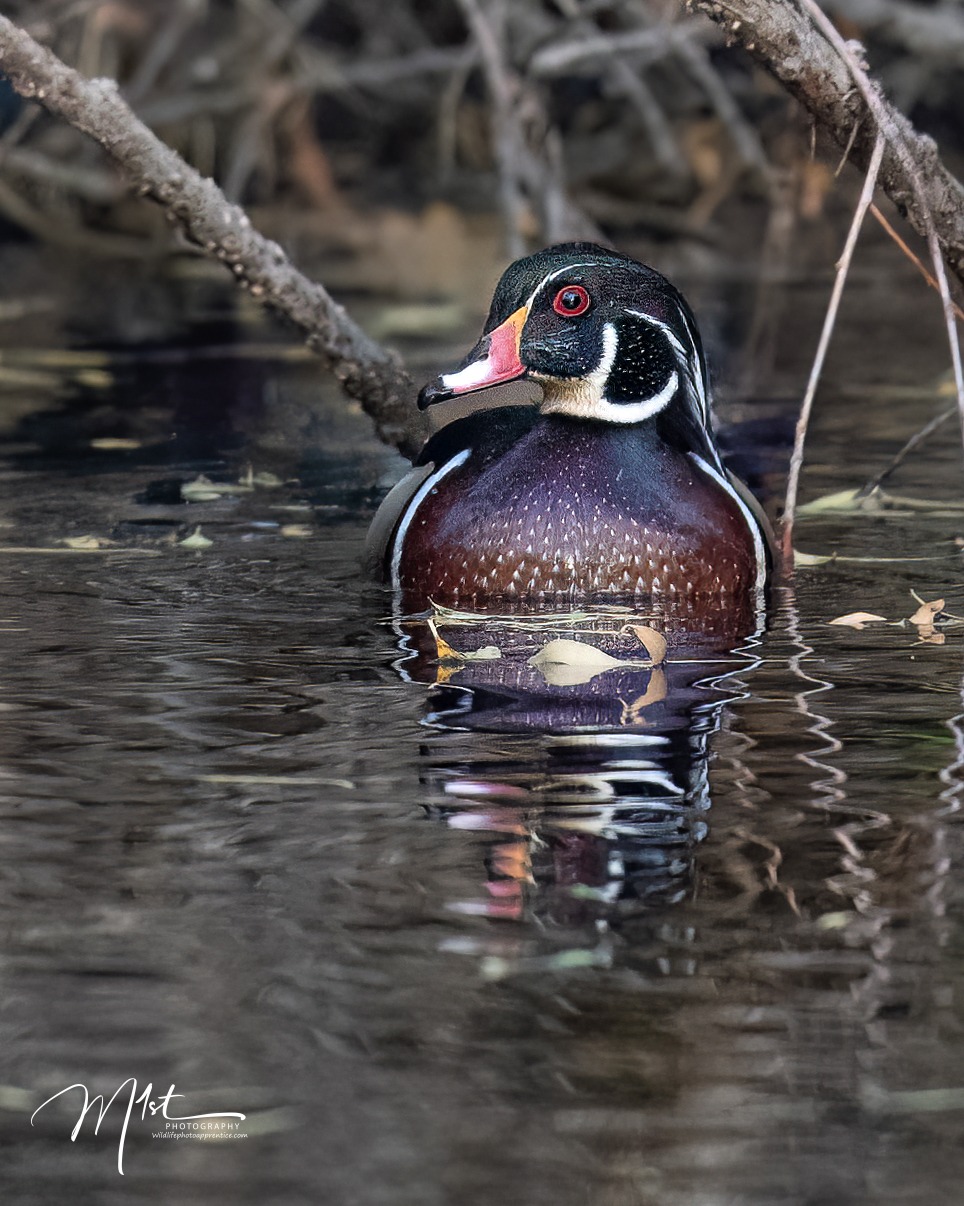
Ducks are migratory birds, and understanding their migration patterns can help you plan your photography excursions more effectively. During migration, ducks often gather in large flocks, presenting unique opportunities for capturing dramatic multibird take off images. In addition, the spectacle of Northern Shovelers migrating in V-shaped formations against a vibrant sunset sky can be a powerful visual narrative. By timing your visits to coincide with migration seasons, you increase the likelihood of witnessing and documenting these awe-inspiring moments. Knowledge of nesting habits enables photographers to capture intimate moments in a duck’s life cycle, such as courtship displays, mating rituals, and interactions with ducklings. Male ducks, known as drakes, often display their most vibrant and colorful plumage during the breeding season to attract mates. Females, called hens, typically have more subdued plumage for camouflage while nesting. During the breeding season, female ducks may engage in intricate courtship displays. Understanding these behaviors allows you to anticipate and capture these fleeting moments. Photographing ducklings in their early stages also requires knowing the typical locations of nests, such as concealed spots in tall grasses or near water.
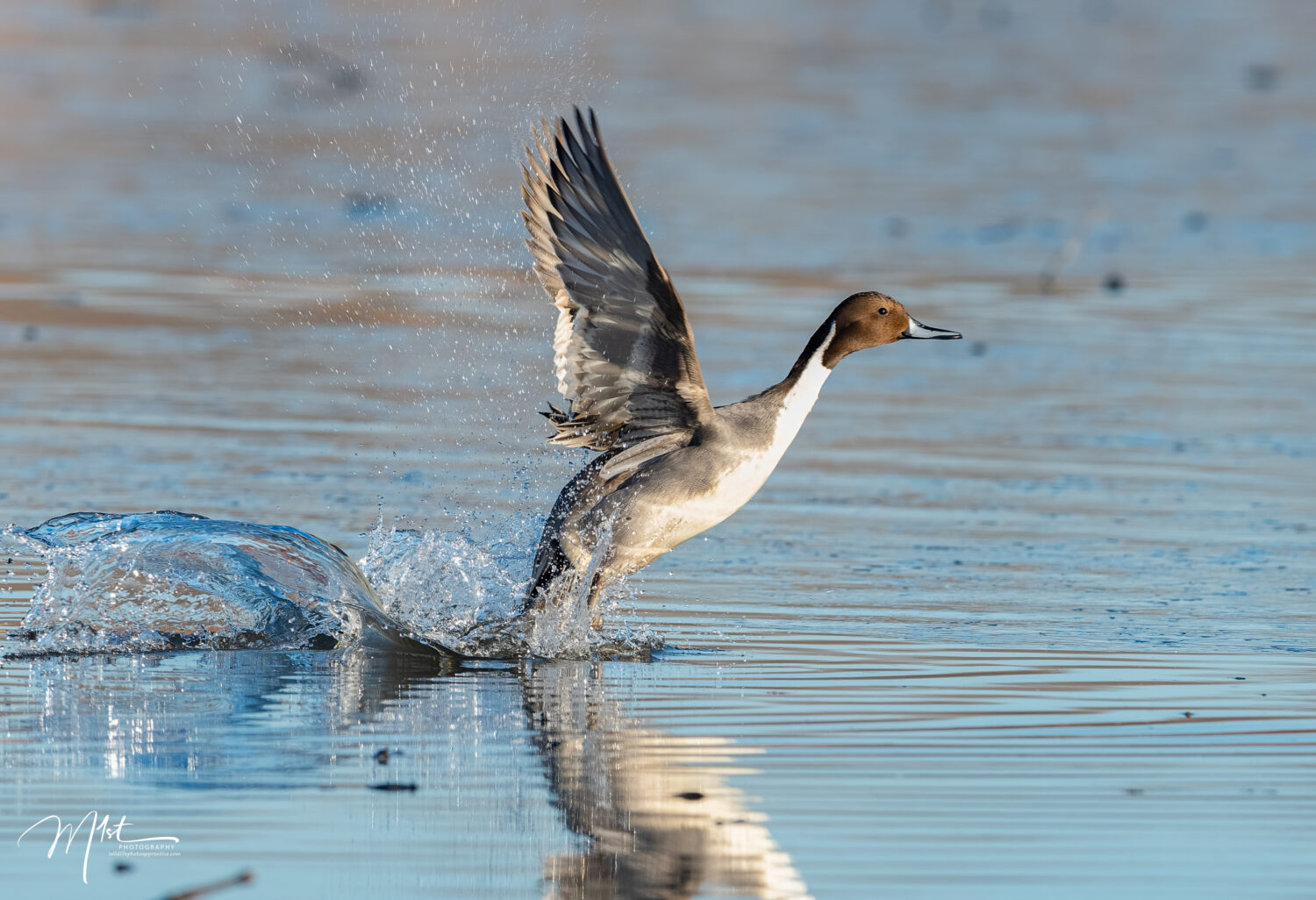
As mentioned earlier, ducks inhabit a variety of environments, ranging from freshwater to coastal areas. Understanding their preferred habitats allows photographers to adapt their gear and techniques accordingly. Capturing ducks in marshy areas might require different approaches compared to photographing them on open water. As a photographer adaptability enhances your ability to navigate various terrains, set up inconspicuous hides, and position yourself strategically for the best shots. Knowing the typical habitats of ducks enables photographers to incorporate the surrounding environment into their compositions. Whether it’s photographing ducks in serene lakes surrounded by lush vegetation or in coastal areas with unique geological features, understanding their habitat allows you to create visually rich and contextually meaningful images. By immersing themselves in the world of ducks, photographers can create a portfolio of images that tells a story about these fascinating birds and their interactions with the environment.
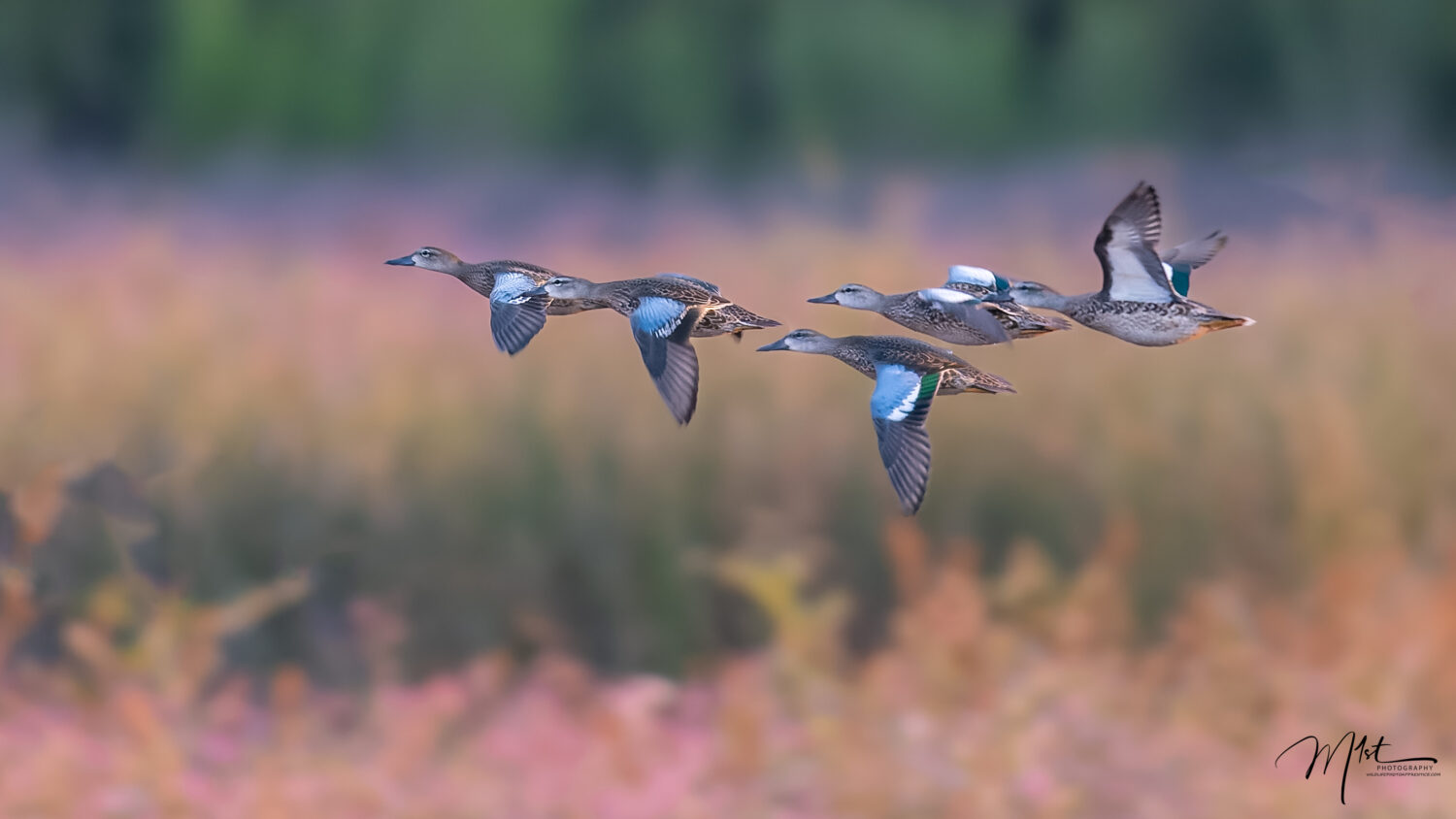
Ducks are known for their skittish nature, so it’s crucial to exercise patience. Spend time observing their behavior from a distance to avoid causing unnecessary stress. Patiently waiting for the right moment will increase the likelihood of capturing natural and unobtrusive shots. Ducks can be particularly sensitive during the nesting season. Understanding their nesting behaviors helps photographers approach these areas cautiously and with respect. Patiently observing nesting sites from a distance allows you to capture images without causing distress to the ducks. This patience can result in authentic and natural behavior shots, such as a mother duck leading her ducklings to water or tending to them in the nest. Ducks are renowned for their spectacular flight displays. Ducks may focus their attention in a specific direction, scanning the surroundings for potential threats or opportunities. Observers may notice ducks turning their heads or directing their gaze toward the sky or a nearby escape route. This can be a sign that they are preparing to launch into flight. Ducks often bob their heads or make quick, jerky movements just before taking off. These clues allow a photographer to anticipate and capture dynamic take-off shots. Like many birds, ducks take off and land into the wind. Landing and taking off into the wind provide several advantages for birds such as increased lift, reduced landing speed, and better control. Positioning yourself with the wind at your back increases the likelihood that photographers will get spread wing frontal and side in-flight shots. Blend into your surroundings by using natural or purpose-built camouflage. Refer to this prior blog for more information about the best camouflage options.
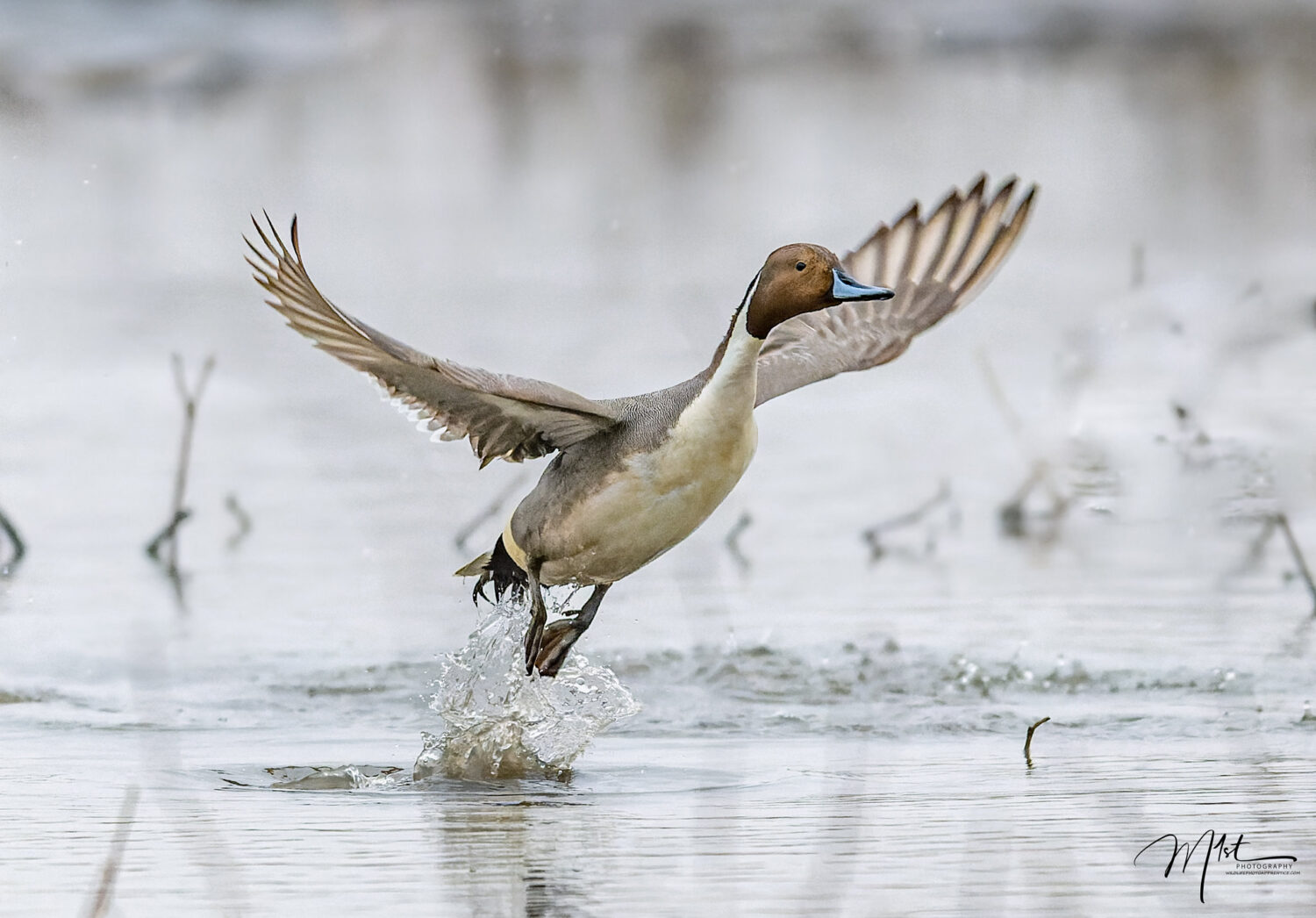
Ducks are sensitive to human presence, and minimizing your impact will result in more natural behavior and better photo opportunities. A telephoto lens with a focal length of at least 300mm is essential for photographing ducks, especially if you want to capture them from a distance. A zoom lens with a longer reach, such as a 400mm or 500mm lens, offers even more flexibility. The use of shutter speeds above 1/3200th, continuous focus, and dynamic area focus modes can improve the likelihood of sharp in-flight shots. While not always necessary, a tripod or monopod can help stabilize your camera, especially when using heavy telephoto lenses. A tripod or monopod can be particularly useful for extended periods of shooting or when capturing stationary subjects.
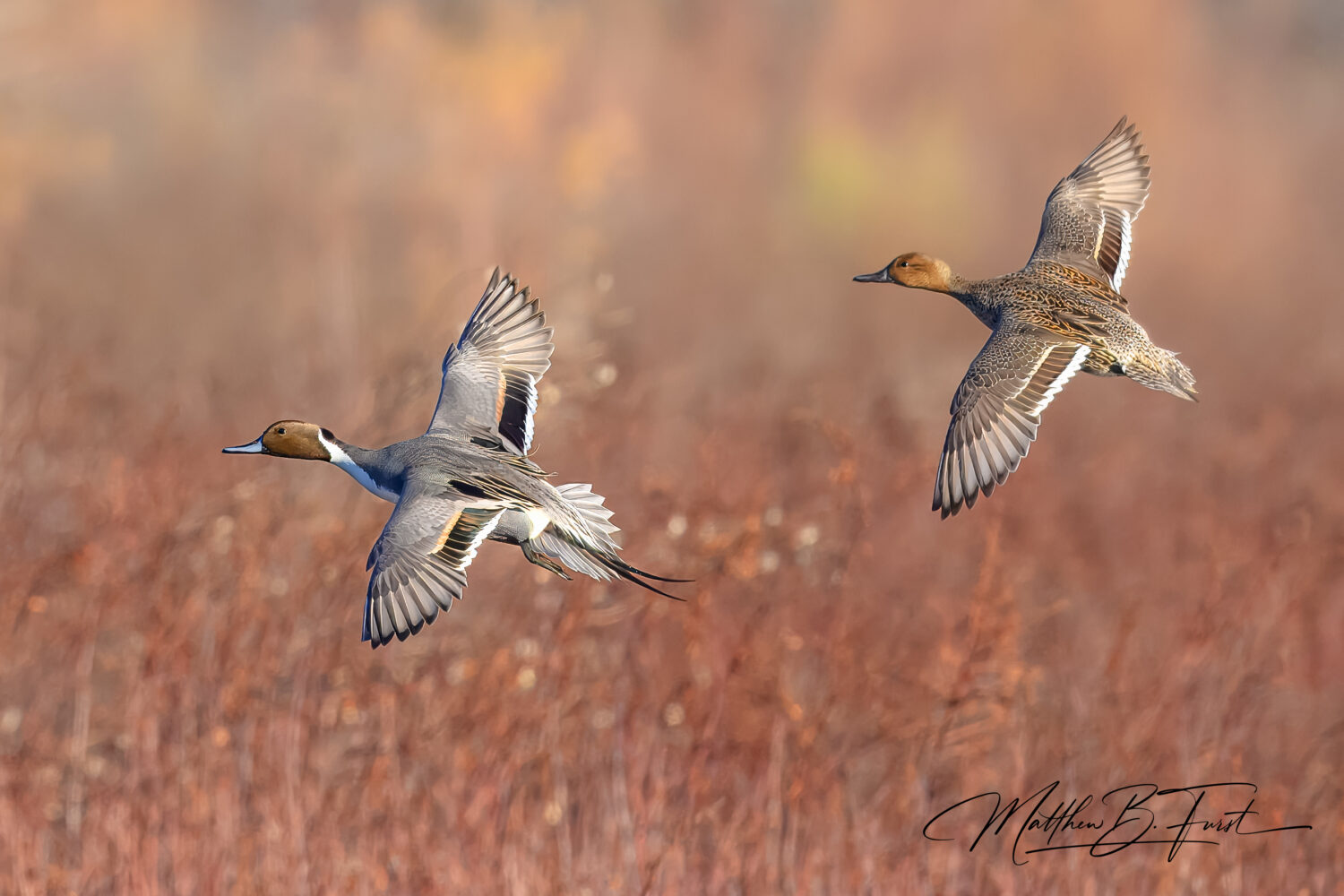
Another important tip is to get down to the eye level of ducks whenever possible to create more intimate and engaging images. This perspective allows viewers to connect with the subjects on a personal level and provides a unique view of their world. The use of a ground pod greatly simplifies this approach.
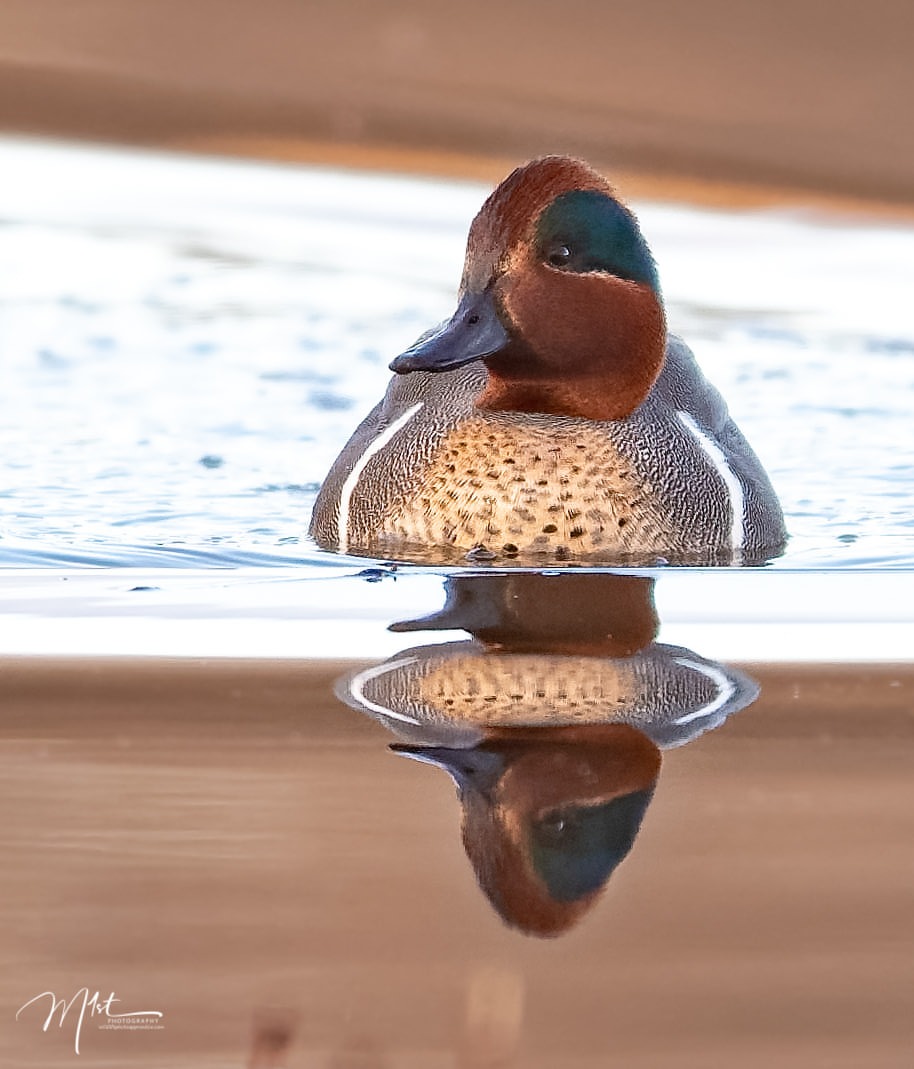
Often winter is the best time to photograph ducks. Spending long hours outdoors waiting for the perfect shot can be challenging, especially in cold or wet conditions. The proper gear allows you to stay out longer and increase your chances of getting the shot you want. Water-resistant camera bags, equipment covers, and lens coats provide an extra layer of protection for your camera gear against moisture, rain, and snow. This is particularly important when shooting in wetland environments or near water bodies where splashes and mist are common. Warm, water-repellent clothing is designed to withstand harsh environmental conditions. Investing in high-quality gear ensures that you and your equipment will remain functional and protected, even in challenging outdoor settings. Overall, cold weather and water-repellent gear are valuable investments for duck photography, providing protection, comfort, and durability to photographers working in severe outdoor environments.
Lastly, you may want to familiarize yourself with duck calls as they can attract ducks without causing distress. Duck-calling skills can be particularly useful when trying to capture shots of ducks in flight or during specific behaviors. Some duck species emit vocalizations just before taking off. These calls can vary depending on the species and may serve as a signal to other ducks or as a form of communication within the flock. While duck calls can be helpful tools for attracting ducks, their effectiveness depends on various factors, including the skill of the caller, the quality of the call, and the behavior of the ducks. It is good to be mindful of the ethical considerations surrounding the use of calls and ensure it doesn’t negatively impact the birds.
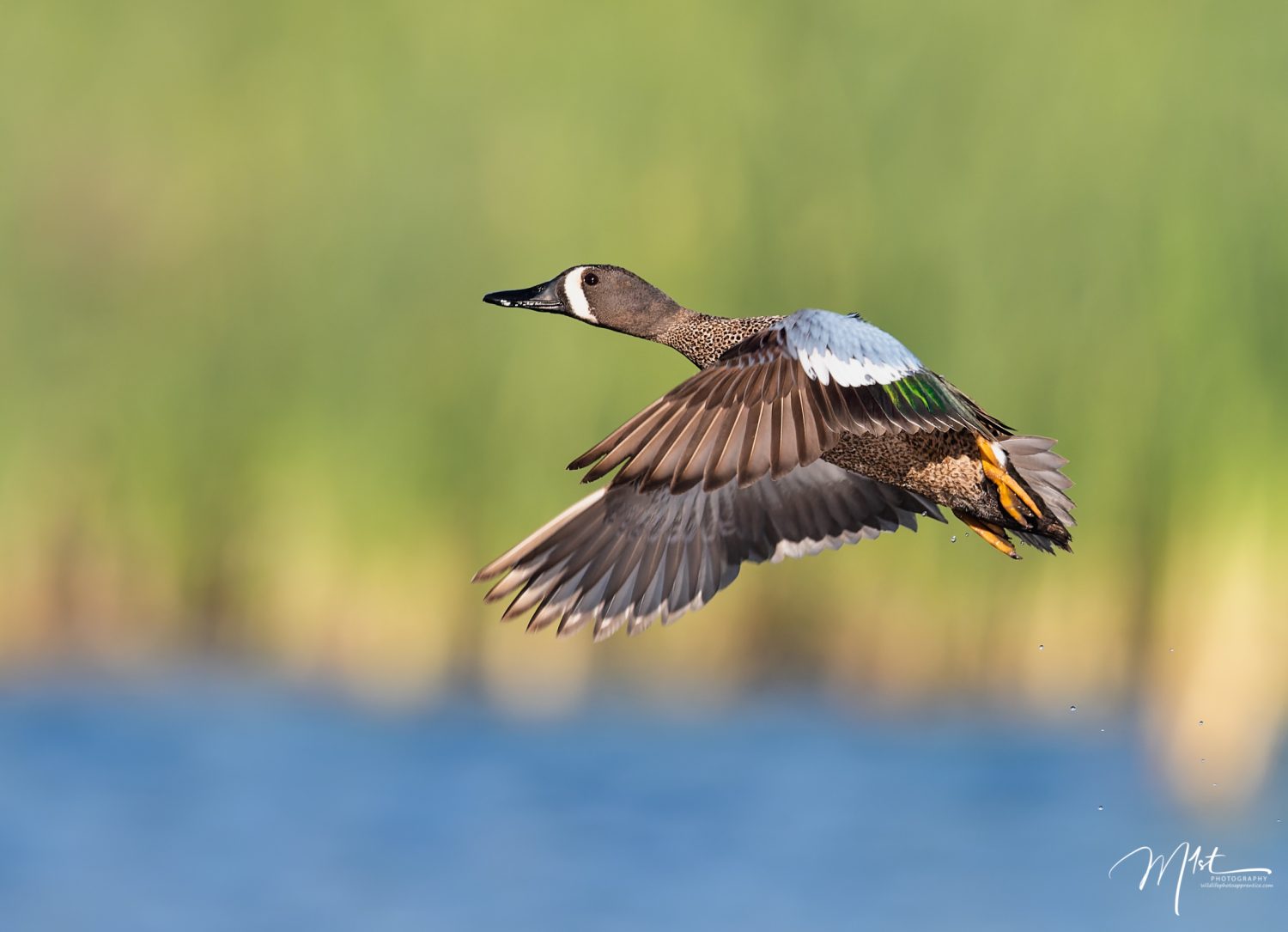
Mastering the art of wildlife photography, especially when it comes to capturing ducks in the wild, requires a combination of technical skills, an understanding of animal behavior, and a deep respect for nature. By immersing yourself in the world of ducks, continuously refining your photographic techniques, and adhering to ethical guidelines, you can create stunning images that not only showcase the beauty of these birds but also contribute to their conservation. With the right knowledge, equipment, and mindset, you can elevate your duck photography skills and leave a lasting impact on both the art and the conservation of wildlife.
